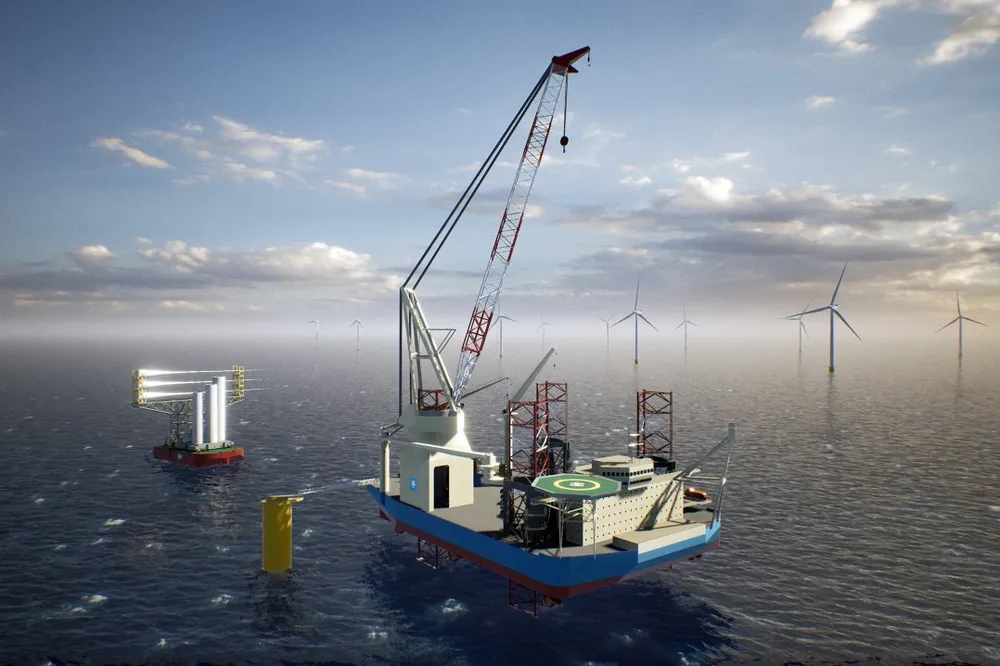Empire Wind vessel cancelled with ship '99% finished': Equinor mulls options
Shipbuilder to consult lawyers as $475m deal for vessel to work on New York offshore wind farm project terminated

Shipbuilder Seatrium said its $475m contract to build a wind turbine installation vessel for Equinor’s Empire Wind 1 project has been cancelled – with the ship “98.9% completed”.
Singapore-based Seatrium said it received a notice of termination under the contract yesterday from client Maersk Offshore Wind.
Seatrium told its shareholders that it will now “explore viable solutions, including with the end-customer, Empire Offshore Wind LLC” – the Equinor project company building Empire Wind off New York.
The shipbuilder also said it is reviewing the termination notice “as well as the allegations set out therein. SEI is also evaluating its legal and commercial options in respect of the Contract, including the right to contest the Notice of Termination, and/or to commence legal proceedings to seek all available remedies for wrongful termination”.
Seatrium does not specify the nature of the allegations. "As at the date of this announcement, the project is approximately 98.9% completed," it added. The shipbuilder's shares fell almost 7% in Singapore today following news of the cancellation.
The vessel was ordered by Danish shipping giant Maersk in 2022 and delivery was due this year.
"Maersk Offshore Wind has no further comments at this time."
The 800MW Empire Wind 1, due in service in 2027, has been at the centre of Donald Trump’s war on wind power.
Maersk Offshore Wind's WIV concept was developed as an effective way to deploy turbines under the restrictions of the US Jones Act.
The Jones Act restricts foreign-flagged vessels from calling in at consecutive US ports or points on the outer continental shelf, including a wind turbine foundation.
The lack of domestically built installation vessels has forced offshore wind developers to deploy costly feeder barge solutions to deliver blades, nacelles, and towers to the foreign-flagged WIV parked at the lease site.
The Maersk WIV would employ a unique system that would lock the feeder barges to the vessel, allowing for faster and safer delivery of components. Maersk claimed its system would cut installation time by 30-35% when the vessel was announced in 2022.
Empire Wind is slated to use super-sized 15MW Vestas turbines, which only a few WIV globally can lift, and may face challenges finding a replacement vessel.
(Copyright)